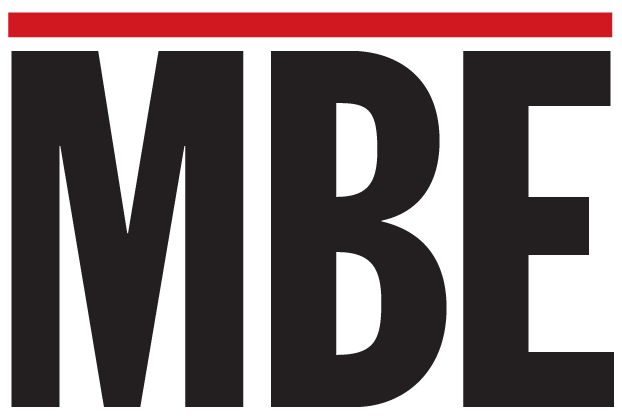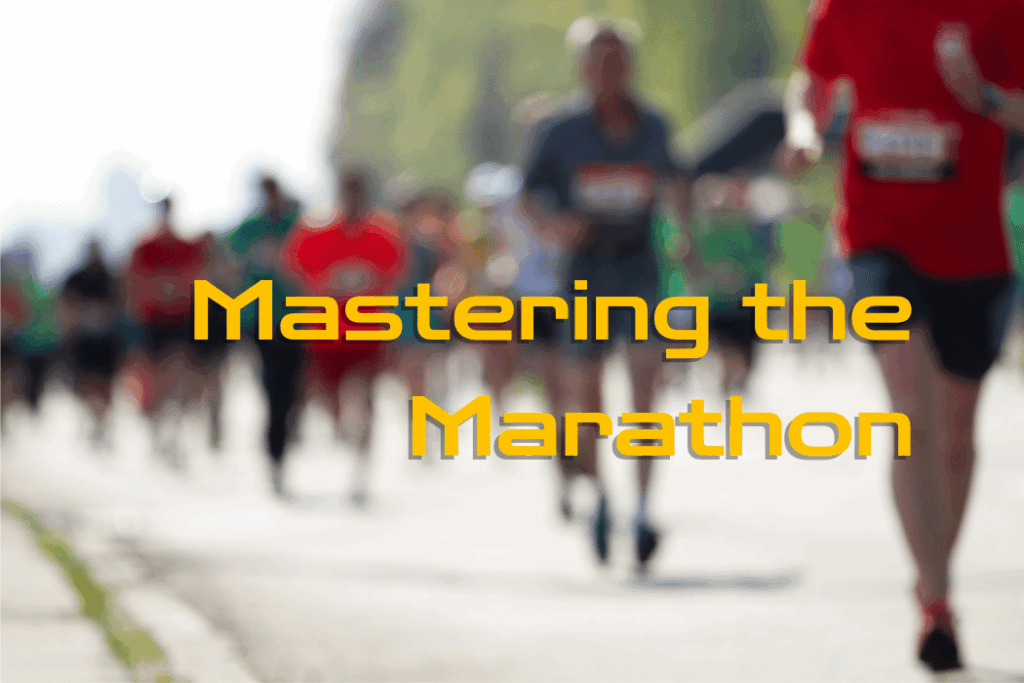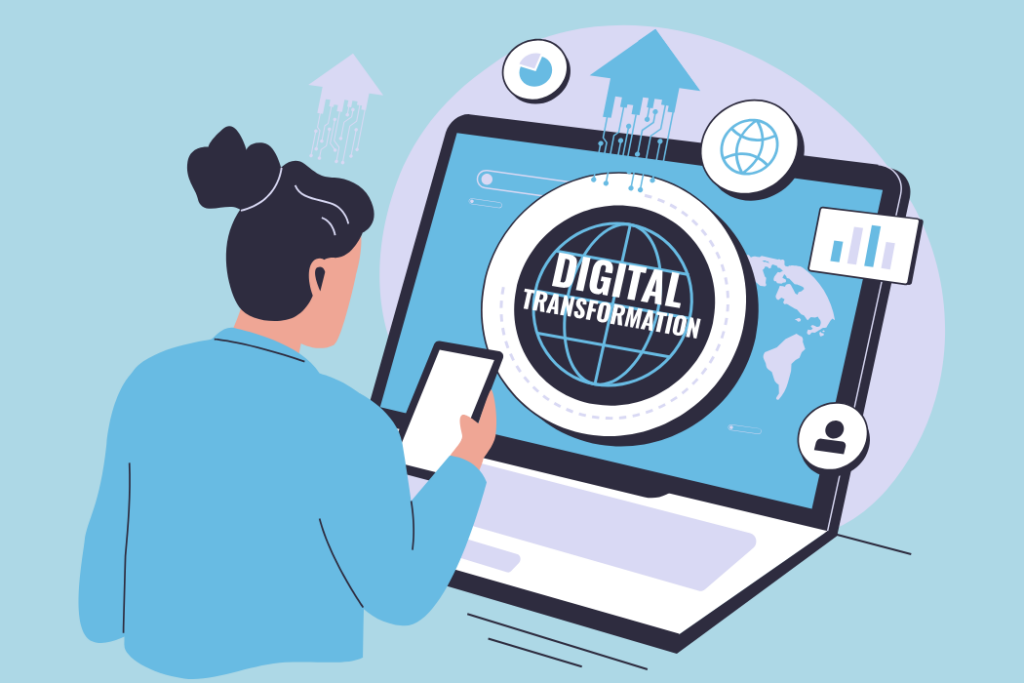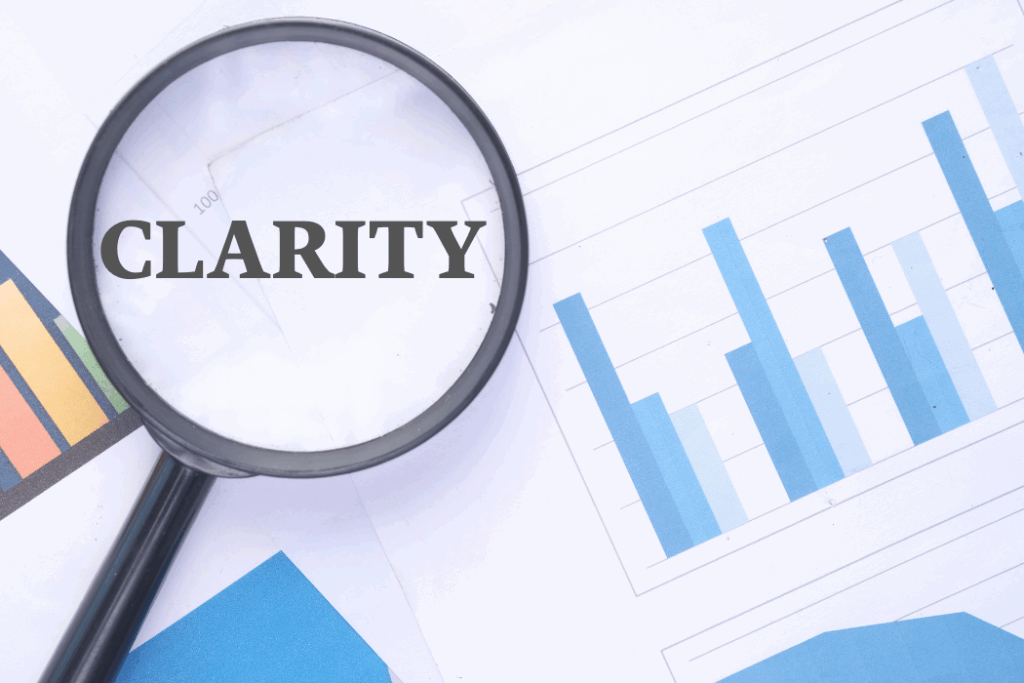
For entrepreneurs who want sustainable visibility without burning out
Let’s get real about PR. Most advice tells you to “be everywhere, always be pitching, never stop networking.” But here’s what they don’t tell you: the most successful PR strategies aren’t built on hustle. They’re built on systems that work even when you’re running at 60 percent capacity.
Whether you’re a social impact entrepreneur changing the world, a minority or woman business owner breaking barriers, or just someone trying to build a business while managing everything life throws at you, this guide will show you how to create genuine media relationships and consistent coverage without sacrificing your sanity.
Why Organic PR Beats Paid Every Time
Organic PR takes the trophy every time. Earning media coverage through authentic relationships and compelling stories delivers results that paid advertising simply can’t match. When a journalist chooses to tell your story, their audience trusts it because it comes with editorial credibility. Plus, organic PR compounds over time, creating a foundation of visibility that keeps working long after you’ve moved on to other priorities.
The PR industry is growing at 7.9 percent annually and expected to hit $143.19 billion by 2029, but you don’t need a massive budget to tap into this opportunity. You need smart strategy and sustainable systems.
The Foundation: Understanding What Actually Makes News
Journalists receive hundreds of pitches daily, but they respond to only 3.43 percent of them. Understanding what catches their attention means you can focus your limited time and energy on approaches that actually work.
The Six Universal News Values (Use this checklist for your next pitch)
- Timeliness: Connection to current events or trending conversations
- Impact: Measurable effect on community, industry, or specific groups
- Novelty: Genuinely different approach or first-time achievement
- Human Interest: Emotional connection that makes people care
- Conflict/Challenge: Obstacles overcome or problems solved
- Proximity: Local relevance that matters to specific audiences
Your story likely hits multiple values naturally. The key is learning to lead with the right one for each pitch and audience.
Building Your Story Arsenal
Before you pitch anyone, you need clarity on your story assets. This isn’t about spinning tales, it’s about recognizing the genuinely newsworthy elements already present in your work.
Does your story capture these elements? Complete this story asset audit checklist!
- Your origin story and the real reason you started
- Specific problems you solve that others don’t address
- Measurable impact with concrete numbers
- Recognition, awards, or certifications received
- Unique approaches or innovations you’ve developed
- Community connections and local economic impact
- Seasonal or timely relevance to current events
For Social Impact Entrepreneurs: Focus on outcomes over intentions. “Reduced youth homelessness by 40 percent” has more impact than “working to help homeless youth.”
For Minority- and Women-Owned Businesses: Lead with expertise and let your perspective add depth. “First Latina CEO to…” works when it’s backed by significant achievement or innovation.
For Everyone: Your personal challenges often become your professional superpowers. The systems you’ve built to manage constraints often solve problems for others facing similar challenges.
Crafting Hooks That Actually Hook
Your hook is the difference between “delete” and “tell me more.” Here are proven formulas that work across industries and story types:
The Results Hook: “Local nonprofit’s new approach cuts recidivism by 60 percent in first year”
The First Achievement Hook: “Immigrant entrepreneur becomes first in state to achieve B-Corp certification in under two years”
The Ripple Effect Hook: “Mom’s solution to food deserts now feeding 10,000 families across five counties”
The Innovation Hook: “Former teacher’s app helps dyslexic students improve reading scores by 45 percent”
The Economic Impact Hook: “Minority-owned manufacturer creates 200 jobs while maintaining living wage for all employees”
The Unlikely Success Hook: “High school dropout’s mentorship program achieves 95 percent college acceptance rate”
Sustainable Strategy: Create a “hook bank” during your high-energy periods—write 5 to 10 different angles for your story that you can adapt and use when opportunities arise but you don’t have the mental bandwidth to start from scratch.
Local Media: Your Accessible Entry Point
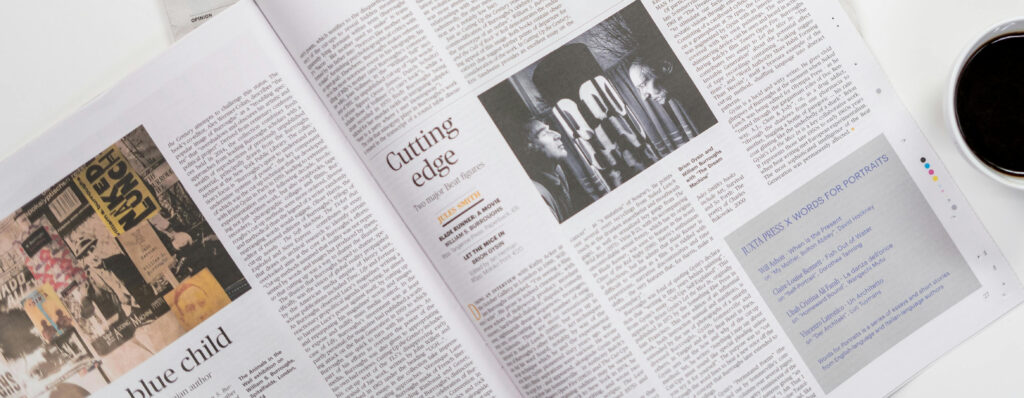
Local media offers the most realistic path to consistent coverage, especially for entrepreneurs managing multiple priorities. Local stories about innovation, economic impact, and community change perform incredibly well because audiences love seeing positive developments in their backyard.
Sustainable Local Strategy: Start with one outlet and build that relationship well rather than trying to pitch everywhere at once. Deep relationships with two local journalists will generate more coverage than surface-level contacts with 20.
Building Genuine Media Relationships
The best PR relationships are built on consistency, not intensity. Here are easy ways to maintain strong media connections without having to network constantly.
Relationship-Building That Works Long-Term:
Be Genuinely Helpful: Share story ideas that don’t involve your business. When you see trends or interesting developments in your industry, connect relevant journalists with sources and information.
Respond Reliably: When journalists reach out with requests, respond quickly even if you can’t help directly. Suggest alternative sources when possible.
Celebrate Their Work: A quick congratulations on a significant story or award takes minimal energy but builds lasting goodwill.
Offer Real Expertise: Position yourself as a go-to source for industry commentary, not just business promotion.
Respect Their Time: 64 percent of journalists prefer just one follow-up, while 25 percent prefer none at all. Honor these preferences.
Strategic Timing for Maximum Impact
Tuesday sees 23.73 percent of all pitch responses, making it statistically your best day for outreach. But strategic timing goes beyond day of the week.
Use this pitch schedule to time your outreach
- Weekly: Tuesday through Thursday for best response rates
- Seasonal: Plan around relevant awareness months, but ensure your story has substance beyond calendar connections
- Industry: Align announcements with conferences, policy changes, or funding cycles in your sector
- Local: Connect to community events, economic development news, or city planning announcements
Sustainable Pitching Strategies
Use this checklist to prepare your team to pitch your favorite journalist!
- The Batch Method: Research 5 to 10 media contacts during one focused session rather than researching individually for each pitch.
- Smart Templates: Create 3 to 4 pitch frameworks for different story angles. Ninety-four percent of PR professionals confirm that personalized 1:1 emails work best, but starting from proven templates saves time and mental energy.
- Quality Over Quantity: Five well-researched, personalized pitches outperform 20 generic ones every time.
- Follow-Up Formula: Set one reminder for one week after your initial pitch, then move on.
Measuring What Actually Matters
Focus on metrics that directly impact your business rather than vanity numbers that create more work without delivering value. A monthly review of which efforts generated actual business results will help you prepare for success in this upcoming season.
Leveraging Your Unique Perspective
Every entrepreneur brings a distinct viewpoint shaped by their background, challenges, and approach to solving problems. Your unique perspective is often your strongest media asset.

For Social Impact Entrepreneurs: Connect your work to larger movements while demonstrating concrete, measurable outcomes. The media loves stories that combine idealism with practical results.
For Minority and Women Entrepreneurs: Lead with expertise and innovation, using your background to add depth and context rather than carrying the entire story. Your unique perspective often leads to solutions others miss.
For Entrepreneurs Managing Health Challenges: Your systems for working sustainably often solve problems other business owners face. Your approach to productivity despite constraints can be incredibly valuable to other entrepreneurs.
For All Entrepreneurs: Again, your personal challenges often become your professional superpowers. The workarounds you’ve developed, the systems you’ve created, and the resilience you’ve built are all potentially newsworthy stories.
Creating Content That Supports Your PR Efforts
Your PR strategy should integrate seamlessly with your content creation, creating multiple touchpoints with your audience and providing journalists with easy access to your expertise.
Content That Amplifies PR:
- Blog posts expanding on topics you’ve discussed with media
- Social media content showcasing behind-the-scenes aspects of your coverage
- Video content explaining industry trends you’re often quoted about
- Newsletter updates sharing media wins and lessons learned
- Podcast appearances discussing your area of expertise
Repurposing Strategy: Every media appearance creates content for multiple platforms. An interview becomes a blog post, social media content, email newsletter material, and future pitch examples.
Common Mistakes That Kill Your Chances
Learning from frequent mistakes helps you avoid wasted effort and preserves relationships with media contacts.
The Generic Blast: Mass emails with zero personalization fail because they show no understanding of the journalist’s beat or audience.
Leading with Sales: Starting with what you’re selling instead of why anyone should care immediately signals that you don’t understand media needs.
Wrong Audience Targeting: Pitching parenting stories to business reporters or tech stories to lifestyle writers wastes everyone’s time.
Overwhelming Follow-Up: Multiple daily emails or calls will get you blocked and damage your reputation in media circles.
Missing the Real Story: Focusing on what you think is important rather than what’s actually newsworthy from a media perspective.
Your Sustainable PR Action Plan
Use this PR Action Plan to build organic PR relationships. Consistent small actions create significant results over time.
Month 1: Foundation Building
- Week 1: Complete your story asset audit
- Week 2: Research 5 to 10 local media contacts and understand their recent coverage
- Week 3: Create your basic media kit and hook bank
- Week 4: Send your first pitch to the most promising local opportunity
Month 2: Relationship Development
- Week 1: Follow up on previous pitches and engage with journalists on social media
- Week 2: Pitch two additional outlets with different story angles
- Week 3: Offer expert commentary on industry trends to your media contacts
- Week 4: Evaluate what’s working and adjust your approach
Month 3: System Optimization
- Week 1: Streamline your successful processes into repeatable systems
- Week 2: Expand to regional media opportunities
- Week 3: Create templates for common media interactions
- Week 4: Plan your next quarter’s PR activities around your energy cycles
Ongoing Maintenance:
- Monthly relationship-nurturing activities
- Quarterly strategy reviews and adjustments
- Annual assessment of coverage and business impact
- Continuous refinement of sustainable systems
The Long Game: Building Lasting Visibility
Organic PR isn’t about quick wins. It’s about building sustainable visibility that compounds over time. Every authentic relationship you build, every piece of genuine coverage you earn, and every system you create contributes to a foundation that continues generating opportunities.
The entrepreneurs who achieve lasting visibility aren’t the ones who hustle hardest. They’re the ones who build smart systems, maintain authentic relationships, and consistently deliver value to both media contacts and their audiences.
Remember: sustainable progress beats sporadic intensity every time. Start where you are, work with your natural rhythms, and build systems that support your long-term success rather than demanding unsustainable output.
The world needs more authentic voices telling stories that matter. With the right approach, yours will be one of them.
Ready to build your organic PR strategy? Start by choosing one story angle from your hook bank and identifying one local media contact to research this week. Small, consistent actions create the foundation for significant visibility over time.
